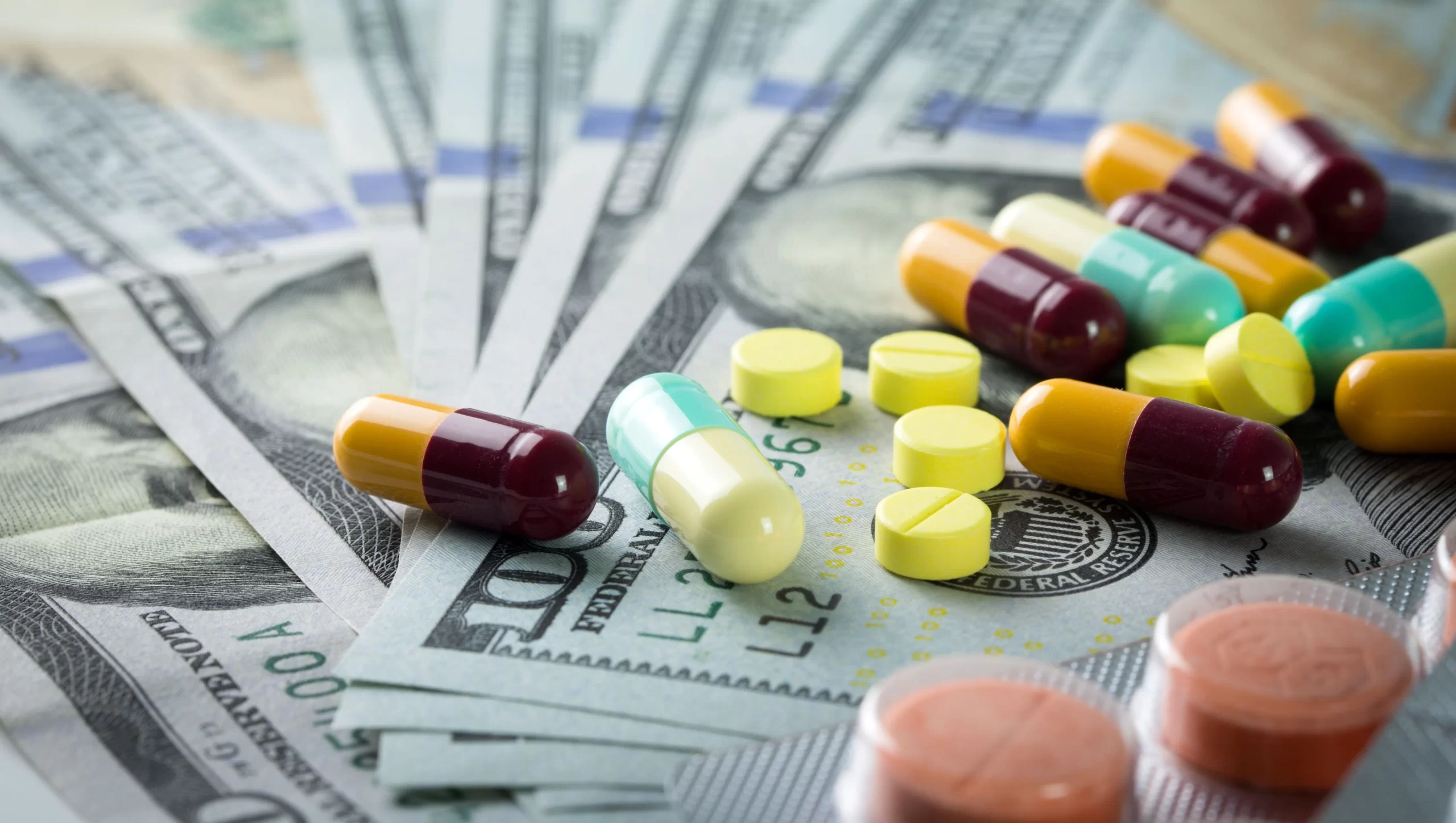
Drug manufacturers will increase the cost of more than 250 medications in the US starting January 1
Pharmaceutical companies, including Pfizer (PFE.N), intend to increase the cost of at least 250 branded drugs in the United States. Treatment for COVID-19 Data examined by healthcare research firm 3 Axis Advisors indicates that France’s Sanofi (SASY.PA) and Bristol Myers Squibb (BMY.N) will launch novel cancer cell treatments and vaccines at the beginning of 2025.
The majority of the medicine price increases are significantly below 10%. The pharmaceuticals that are being raised on January 1st have a median price increase of 4.5%, which is consistent with the median for all price increases from the previous year.
The price increases are for list prices alone; they do not include discounts or rebates to pharmacy benefit managers.
Higher prescription price rises were originally much more usual in the United States, but after receiving harsh criticism in the middle of the previous decade, pharmaceutical companies have recently reduced their price increases.
“Drugmakers don’t have much real estate any longer to increase prices over time, which means taking greater liberties on launch prices is really the only option they have in the face of expanded penalties for year-over-year price increases,” 3 Axis President Antonio Ciaccia stated.
Pharmaceutical companies introduced new pharmaceuticals in the United States in 2023 at 35% higher pricing than in 2022, according to a Reuters analysis of new drug prices.
When pharmaceutical companies announced plans to raise the cost of more than 140 medicine brands on December 29 of last year, the number of drug rises has increased to over 250.
On January 1, pharmaceutical businesses will likewise lower some of their pricing. Merck & Co. (MRK.N) has announced plans to lower the list price of Januvia and Janumet, two of its heavily discounted diabetes medications, “to align the list price more closely to the net price.”
US PAYS THE MOST
Prescription drug costs are higher in the United States than in any other nation, and incoming President Donald Trump has pledged to reduce drug costs by concentrating on middlemen in the country’s healthcare system.
During January, which has historically been the largest month for price rises, additional pharmaceutical companies are probably going to announce further price increases.
More than 60 medications on the most recent list saw price increases from Pfizer. In addition to raising the price of Paxlovid by 3%, the business also increased the cost of cancer medications Adcetris, Ibrance, and Xeljanz by 3% to 5%, as well as the migraine medication Nurtec.
“Pfizer has adjusted the average list prices of our medicines and vaccines for 2025 below the overall rate of inflation – approximately 2.4% – across many products in our diverse product portfolio,” Amy Rose, a spokesperson for Pfizer, wrote in an email “The increases help offset costs and support investments in drug development,” she said.
Abecma and Breyanzi, two of Bristol Myers’ pricey cancer cell medicines, saw price increases of 6% and 9%, respectively. Treatments for cancer with tailored blood can already cost nearly half a million dollars.
The business is “committed to achieving unfettered patient access” to its medications, according to an email from a BMS representative. In particular, she claimed that the cost of Breyanzi “is reflective of the potentially transformative, individualized treatment in a one-time infusion.”
About a dozen of Sanofi’s vaccines saw price increases of 2.9% to 9%.
According to the 3 Axis investigation, Leadiant Pharmaceuticals, a division of Essetifin in Italy, had the biggest brand price hikes. The business increased the cost of its Hodgkin’s disease therapy Matulane by 15% and Cystaran, eye drops that treat the symptoms of a rare disease called cystinosis, by 20%.
Requests for comment were not immediately answered by Sanofi and Leadiant spokespeople.
All Categories
Recent Posts
Tags
+13162306000
zoneyetu@yahoo.com



